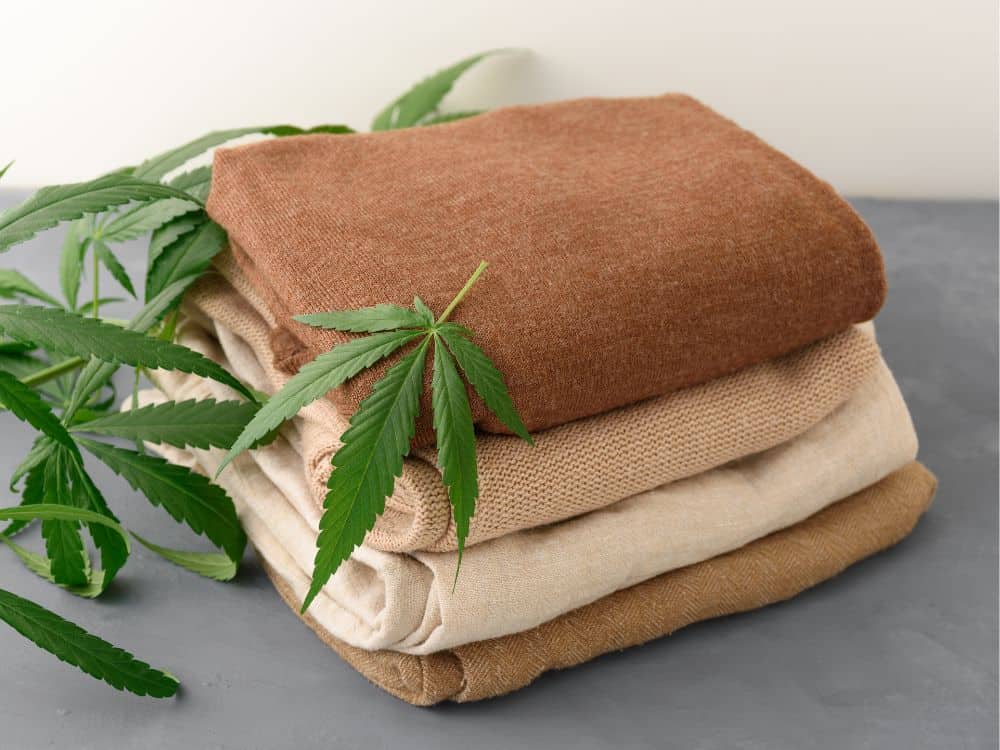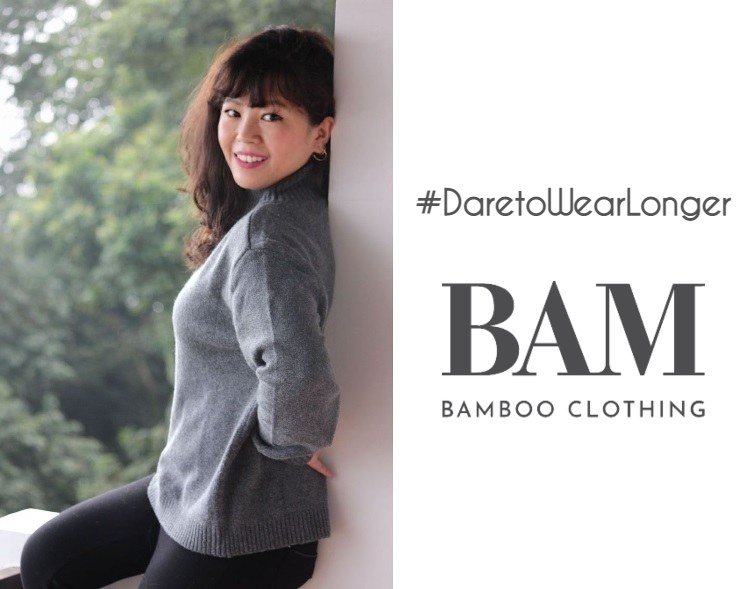Top Reasons On Picking Bamboo Clothes
Wiki Article
What Are The Benefits Of Low Impact Hemp Fibre Clothing That Is Sustainable?
The hemp clothing that is low impact offers a variety of environmental advantages in comparison to clothing made of cotton and synthetic fibers. Hemp clothing has numerous environmental advantages. It is fast growing and requires little irrigation, herbicides or pesticides. Hemp thrives in all climates and is adaptable to various soil types, which reduces the requirement for chemical fertilizers.
Hemp needs less water than cotton, a crop well-known for its heavy consumption. Hemp clothing is more water-efficient due to this.
There are no herbicides or pesticides- Hemp can be grown without the need to use synthetic pesticides or herbicides in most cases, reducing the environmental impacts of chemical farming.
Hemp can help improve soil health thanks to its roots that are deep, which prevent erosion and compaction. Hemp leaves soil well prepared for the future crops.
Biodegradability Hemp fibers break down naturally and are biodegradable over time. Synthetic fibers such as polyurethane could take many years to decompose.
Lower carbon footprint. The process of making hemp fibres is usually lower in carbon than the production of synthetic materials. Hemp can also be a carbon sink because it absorbs CO2 from the air while growing.
Hemp clothing's durability and long-lasting is widely known. Good quality hemp clothing can last for many years. They eliminate the need for replacements, and also aid in reducing consumption.
Natural Pest Resistance- Hemp plants are naturally resistant to a variety of pests, which reduces the necessity for chemical pest control measures.
Hemp is an incredibly versatile material that can be used for bags, clothes or other accessories.
Regenerative agriculture- Certain sustainable farming techniques incorporate hemp into systems of regenerative agriculture which aim at restoring and improving ecosystems as well as generating plants. This strategy could have positive impacts on the natural environment.
It is vital to note that, while hemp can provide a variety of environmental advantages, the sustainability of clothing also depends on other factors like the process of dyeing, transportation and consumer habits, for example. Additionally, just like in any other industry manufacturing standards and practices may differ. To ensure you're getting the greatest environmentally friendly benefit, choose organic or sustainable hemp clothing. Have a look at the recommended hemp clothes examples for website examples including hemp shirts, organic hemp hoodie, hoodlamb coat, hemp pants womens, hemp clothing wholesale, hemp yoga pants, 100 hemp clothing, afends jesse dress, hemp clothing wholesale, nomad hemp clothing and more.

How Can Hemp Be Used To Improve Carbon Sequestration And Sustainability?
Hemp fibers are a green choice for both agricultural and textile production. They can help with the sequestration of carbon and sustainability.
Hemp develops quickly and matures in 70-120 days dependent on the variations and the conditions under which it grows. During their rapid-growth phase hemp absorbs carbon dioxide from the atmosphere via photosynthesis. The carbon absorption process can contribute to carbon sequestration reducing CO2 levels in the atmosphere.
Hemp is well-known for its high production of biomass. The dense foliage and long stalks of hemp yield large amounts of organic matter. If the biomass is put into soil or used in various ways, it can contribute towards the growth of organic matter and carbon.
Sustainability:
Hemp requires less synthetic pesticides, herbicides, and herbicides than many other crops like cotton. Its natural resistance to pests and disease decreases the need for chemical. The hemp industry that is organic, particularly, emphasizes sustainability through the avoidance of synthetic chemicals.
Hemp is a water-efficient crop, and can grow with little irrigation. This makes it a sustainable crop in regions that have limited water resources. This makes it more viable in regions where water is scarce.
The hemp's deep root system enhances the health of soil. Its roots reduce soil runoff and stabilize the soil structure, preventing soil erosion. Hemp cultivation also improves soil fertility by increasing microbial soil activity.
Hemp is a good crop to include in rotational systems. Crop rotation refers to the process of switching between various crops in the same field. This practice can break the cycle of disease and pests as well as reduce soil erosion and improve the soil's structure. The role of hemp in crop rotation can contribute to sustainability.
The rotation of the crop-
Hemp is a versatile crop which can be utilized in combination alongside vegetables, grains and legumes. This helps farmers maintain the soil's quality, reduce the risk for diseases, pests and other issues related to crops and help promote a healthy process of nutrition.
The hemp's deep roots can penetrate the soil to aerate and reduce compaction, while increasing water infiltration. A better soil structure can be an advantage for crops that follow following hemp.
Summary Hemp fibers are beneficial to soil quality, are compatible with crop rotation, and improve the carbon sequestration process as well as sustainability. They do this through fast growth, biomass, minimal chemical use water efficiency, and ability to work with crop rotation methods. This makes hemp cultivation a sustainable and regenerative farming practice. The hemp fibers that result are an eco-friendly choice for textiles and other uses. Have a look at the most popular additional hints for hemp clothes for blog examples including nomad hemp clothing, hemp denim, hemp clothing for men, hemp dress, hemp and cotton fabric, hemp yoga pants, hemp t shirt mens, patagonia hemp vest, hemp shorts, hemp sweater and more.

Bamboo Clothing Is Sustainable And Incredibly Comfortable.
Bamboo clothing is an excellent choice for comfort and the environmental.
Softness Bamboo fabric is appreciated for its incredible suppleness. It's smooth and silky to touch, making it comfortable on the skin. Bamboo clothing is luxuriously soft texture, making it popular for intimate clothing as well as activewear and loungewear.
Breathability- Bamboo fibers are naturally breathable and moisture-wicking. They have micro-gaps that allow air to circulate which keeps your body cool and comfortable during hot weather. Moisture-wicking fabrics can draw sweat away off your skin and decrease the feeling of dampness.
Bamboo clothing has great properties for thermoregulation. It helps keep you warm in cooler temperatures by capturing heat close to your body. In hot weather it will keep you cool by allowing excess heat and moisture to escape. Bamboo clothing can adapt to different temperature can make bamboo clothing suitable for wearing all year.
Hypoallergenic Bamboo fabric is hypoallergenic and gentle on sensitive skin. Bamboo fabric is more likely than other materials to trigger allergic reactions or irritations, making it a great choice for people with sensitive skin or allergies.
Odor resistance Bamboo fibers possess natural antimicrobial properties that help to stop the growth of bacteria that cause odor. Bamboo clothing keeps its freshness even when you are physically active.
Environment-
Sustainability- Bamboo is an extremely sustainable and renewable source. Bamboo is among the fastest growing plants on the planet. It requires very little water, and doesn't require herbicides or pesticides in order for cultivation. Bamboo can be harvested without injury to the plant because the roots rejuvenate.
Bamboo is a natural water-efficient plant. It can thrive on minimal irrigation. It is typically rainwater that is sufficient for it to flourish.
Biodegradability- Bamboo clothing is biodegradable which means it degrades naturally as it is disposed. This property decreases the accumulation in the landfills of non-biodegradable textiles.
Carbon Sequestration - Bamboo plants are able to capture CO2 from the air during the rapid expansion. Bamboo can be used as a carbon sink in order to assist in the fight against climate change.
Chemical Reduction Bamboo fabric is manufactured using less chemical treatment than other types of textiles. This minimizes the environmental impact of textile manufacturing.
Closed-Loop Process- Certain bamboo fabric processes are closed loop that recycles water and chemical waste, while minimizing the amount of waste and pollution.
The environmental impact of bamboo clothing can differ depending on how they are made and if the bamboo comes made from trees that are sustainably and responsibly managed. Customers should purchase only bamboo clothes that are made using eco-friendly ethical methods to guarantee maximum environmental benefits. View the top rated I was reading this on bamboo clothes for blog examples including bamboo t shirts wholesale, bamboo t shirts ladies, shakuhachi clothes, childrens bamboo socks, bamboo jeans, yala pajamas, bamboo shirt, bamboo clothing wholesale, childrens bamboo socks, bamboo t shirts womens and more.
